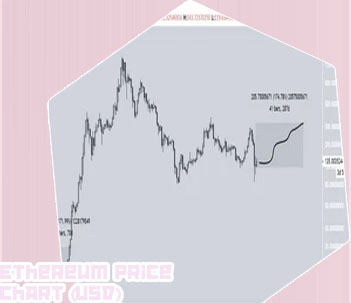
Ethereum Market Stats
Ethereum 2.0 refers to a series of updates to the Ethereum network that addressed some of the platform's key problems. Broken down into three phases, the Ethereum 2.0 updates were designed to make the entire platform faster, more scalable and more eco-friendly, the latter thanks to Ethereum’s switch to a Proof-of-Stake algorithm. Price of eth With the founders splintered, Buterin emerged as Ethereum’s philosophical leader. He had a seat on the EF board and the clout to shape industry trends and move markets with his public pronouncements. He even became known as “V God” in China. But he didn’t exactly step into the power vacuum. “He’s not good at bossing people around,” says Aya Miyaguchi, the executive director of the EF. “From a social-navigation perspective, he was immature. He’s probably still conflict-averse,” says Danny Ryan, a lead researcher at the EF. Buterin calls his struggle to inhabit the role of an organizational leader “my curse for the first few years at Ethereum.”
Ethereum ath
But what exactly are ether tokens and Ethereum? And how is it different than bitcoin? We've broken it down for you. (read more) Ethereum (ETH) Price Index Ethereum is a cryptocurrency and blockchain platform that provides a decentralized, global computer on which developers can build decentralized applications (Dapps) and their own crypto tokens.
Audius
Ethereum Trading - Ethereum Live Price & Charts at CAPEX.com Ethereum Price Prediction 2031 DigitalCoinPrice are rather positive in their Ethereum price prediction. According to the analysis of forecast data, the price of ETH is expected to overcome the level of $2,193.43. Ethereum is expected to reach a low of $1,338.62 by the end of the year. In addition, the price of ETH is capable of reaching the maximum level of $3,442.25.